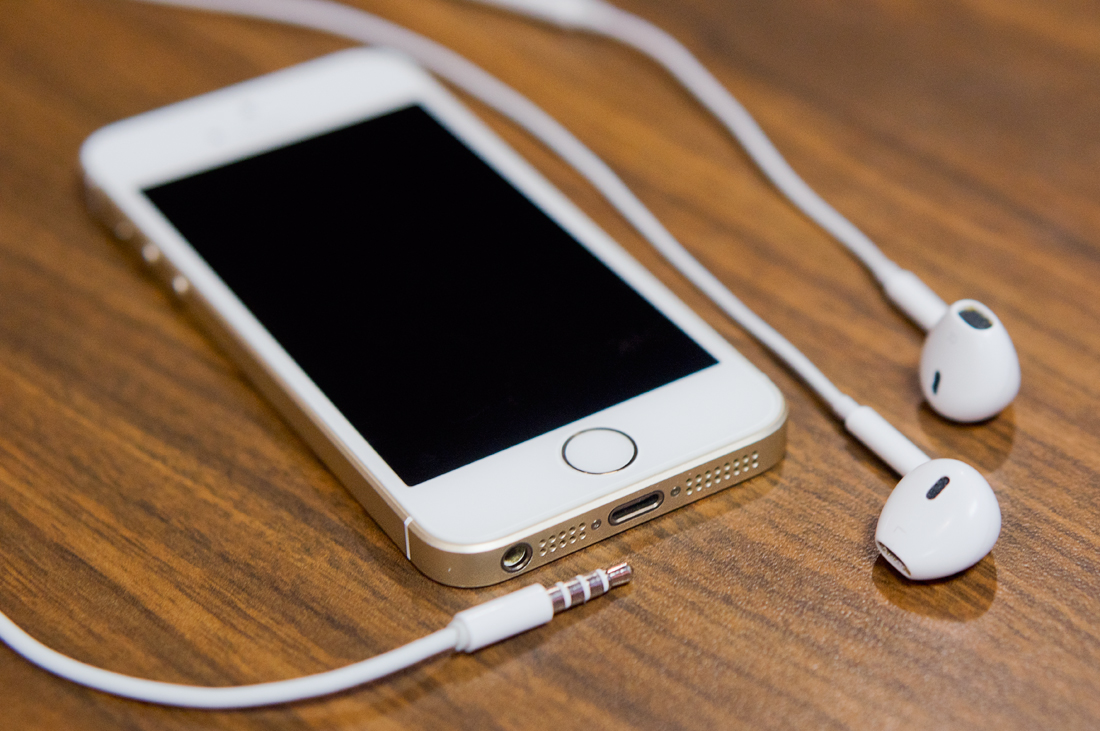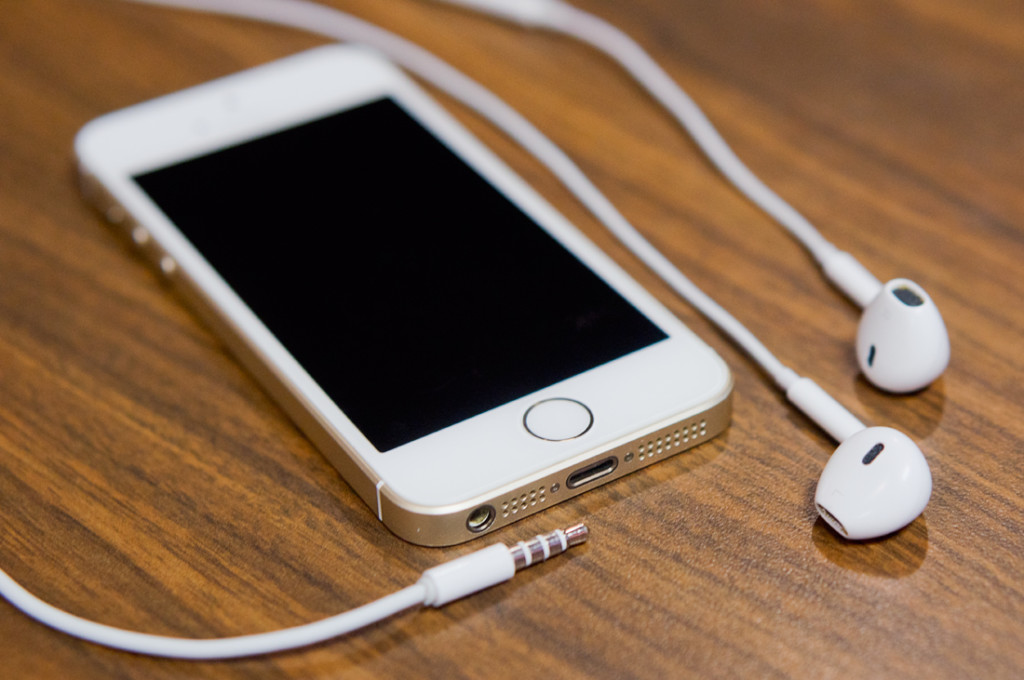
Mario Gonzalez/The Rider
BY Mario Gonzalez | PHOTO EDITOR

During the iPhone 7 and 7 Plus announcement Sept. 7, Apple confirmed what the news media had been speculating: The new iPhones will lack a 3.5mm audio jack.
It was well known that Apple was going to get rid of the 3.5mm headphone jack in favor of the Lightning port, its proprietary digital interface, because multiple pieces and photos of the device’s hardware leaked throughout the year.
This means that a new pair of Lightning EarPods will be included with every iPhone 7 and 7 Plus. This also means users will need to buy an adapter in order to use their old headphones. The good thing is that this adapter is also included in the box. Because the Lightning port will be the only output in these phones, the user will not be able to charge the phone and use headphones at the same time without an adapter or the iPhone Lightning Dock.
While some of these changes are impractical, the hope of Apple is to move the technology forward by removing the old analog interface, which is more than a century old. This is not the first time Apple has abandoned a well-established interface for something new or different.
In an interview during the D8 conference hosted by All Things Digital in 2010, Apple founder and then CEO Steve Jobs spoke about this type of behavior in his company.
“We have a history of [replacing interfaces with new ones],” Jobs said. “As an example, we went from the 5-inch floppy disk to the 3½ floppy disk with the Mac. We were the first of doing that; we made the 3½ floppy disk popular. We got rid of the floppy disk altogether in 1998 with the first iMac. We also got rid of serial and parallel ports and we were the first to adopt USB even though Intel had invented it. And so, we have gotten rid of things. We were one of the first ones to get rid of optical drives with the Mac Book Air, and sometimes when we get rid of things, like the floppy disk, people call us crazy.”
The removal of the headphone jack was imminent for Apple; without it, the company is able to fit new or more components into its devices. Aside from space, the benefits of moving from an analog to a digital interface are many. It is known that the audio output from smartphones lacks power. No matter how great headphones are, they will not perform to their full potential because the digital-to-analog converter (DAC) in smartphones is not powerful enough. A DAC or headphone amp is a piece of hardware that will process the digital information of audio files and transform it to an analog audio signal that headphones can receive. Because the Lightning port is a digital interface, it will be able to power headphones from the phone itself. In theory, it should increase the quality of audio in a way that was only possible through an external piece of hardware for headphones.
The benefits of using a digital interface such as the Lightning port in headphones include the reproduction of lossless audio, user programmed audio profiles, active noise cancellation, among others that would require buying external hardware for traditional headphones.
Currently, the market offers a few Lightning headphones, and while they are expensive at the moment, they will eventually get less expensive as this new technology becomes standard.
While not the first to ditch the headphone jack, Apple certainly made the most noise for doing it. Maybe in a few years every phone manufacturer will sell phones without a headphone jack. It may be too early to determine, but it is no secret that Apple has been one of the few companies willing to take these kinds of risks in the past.






